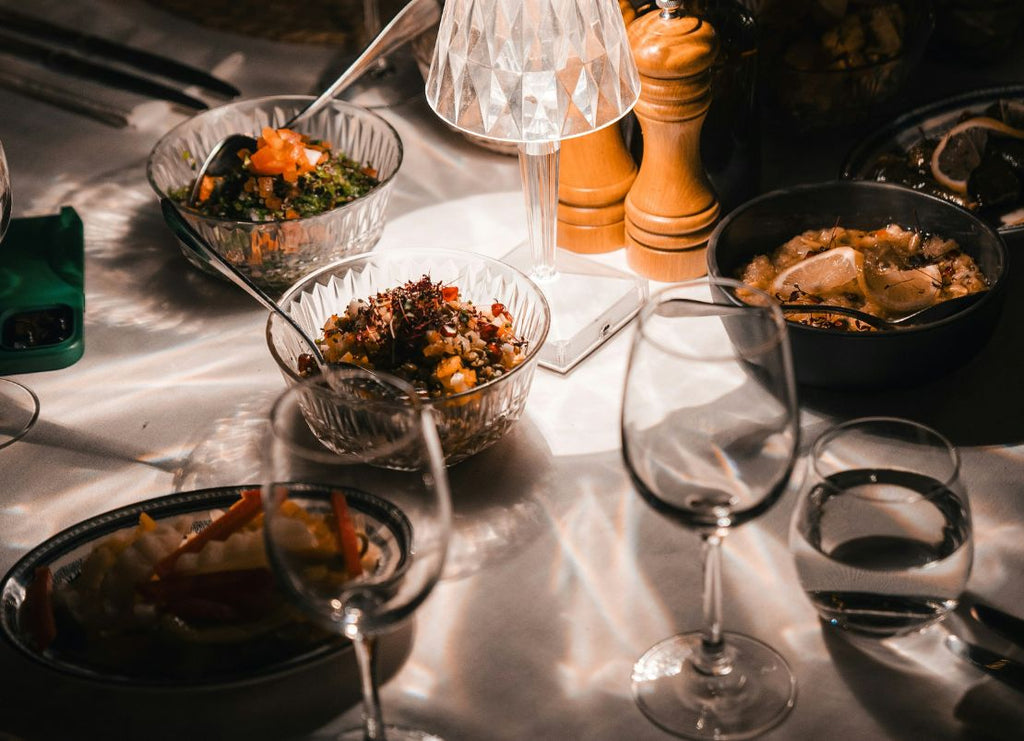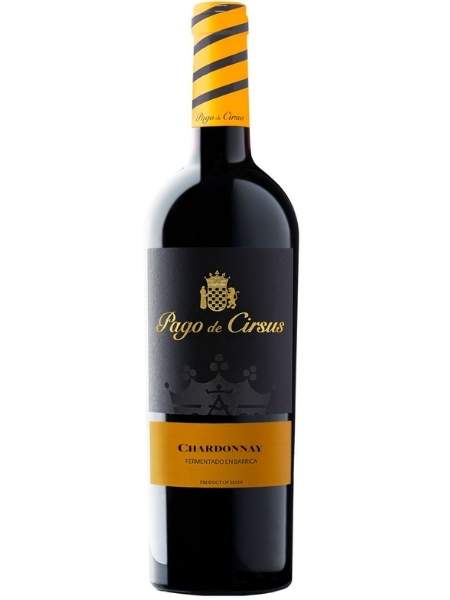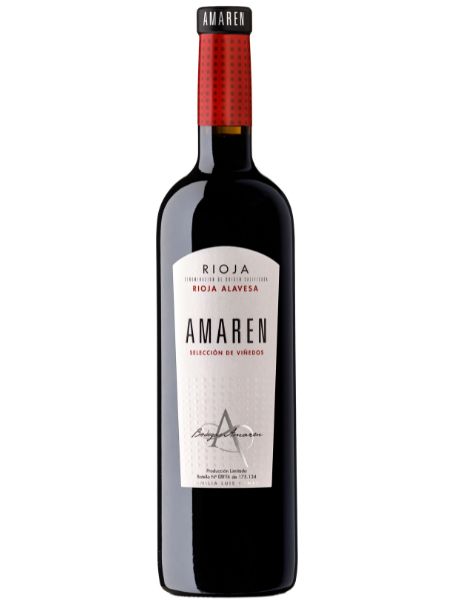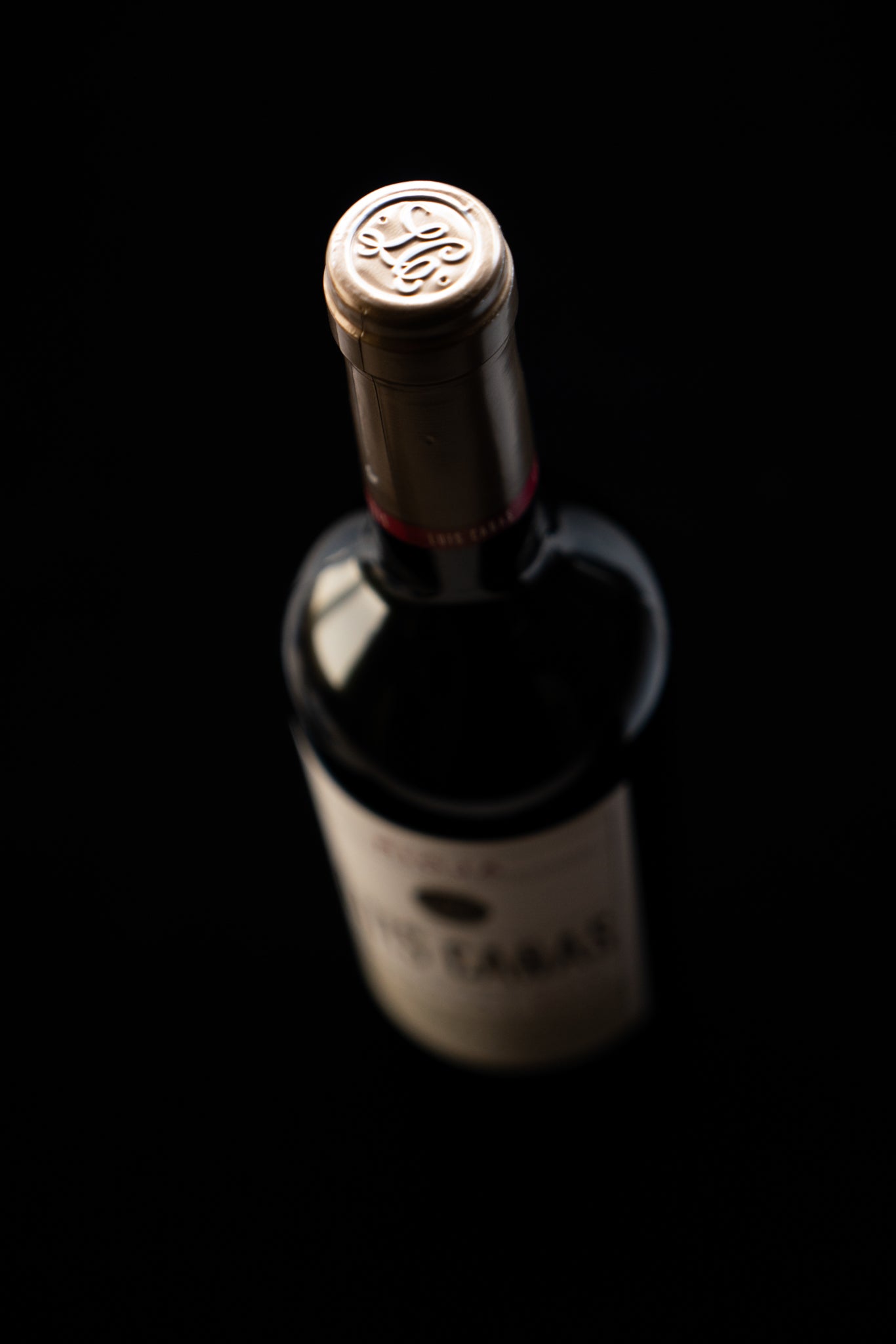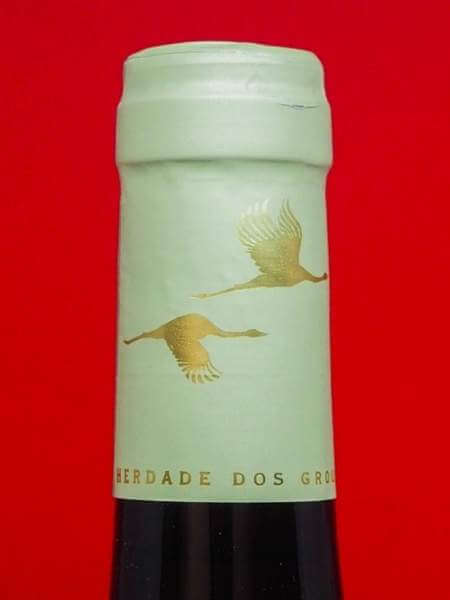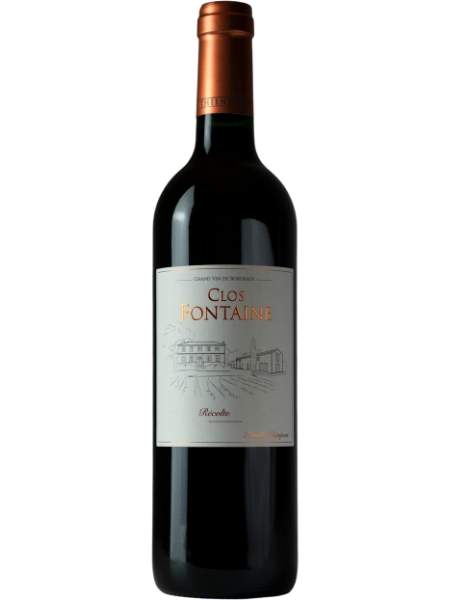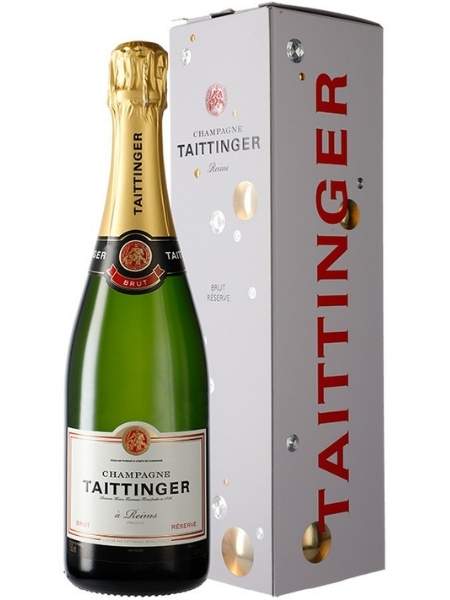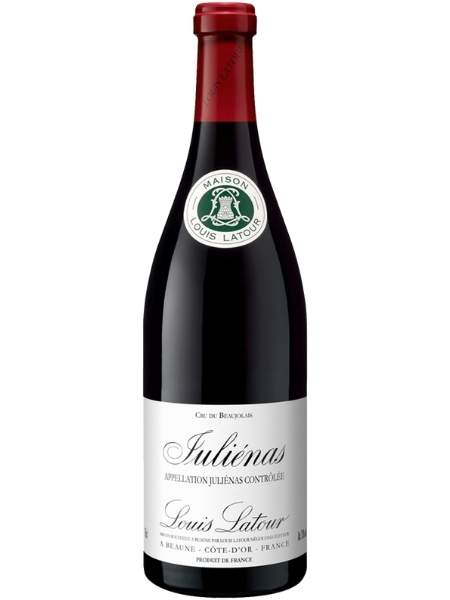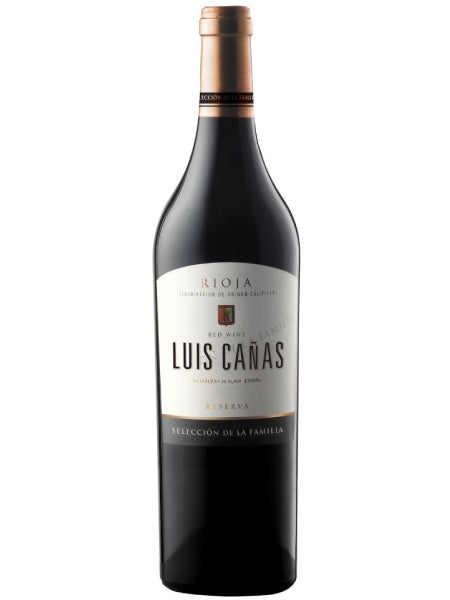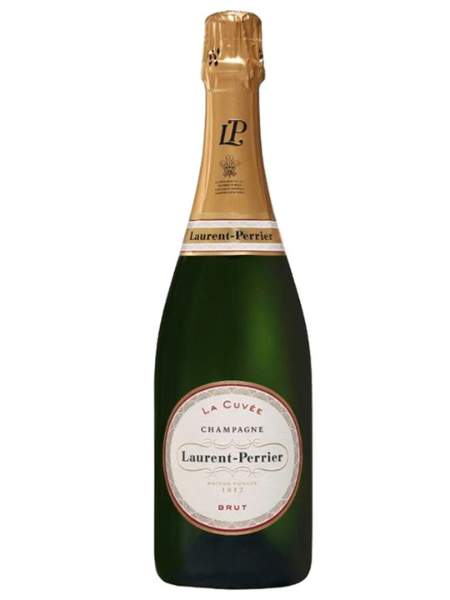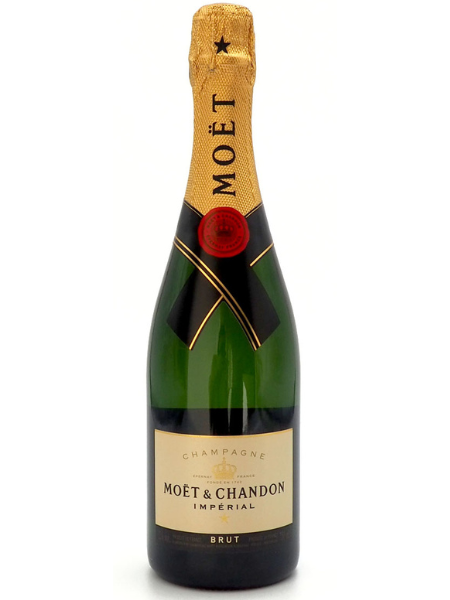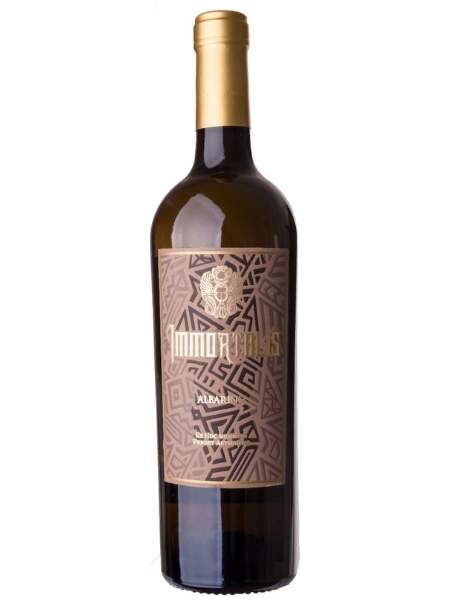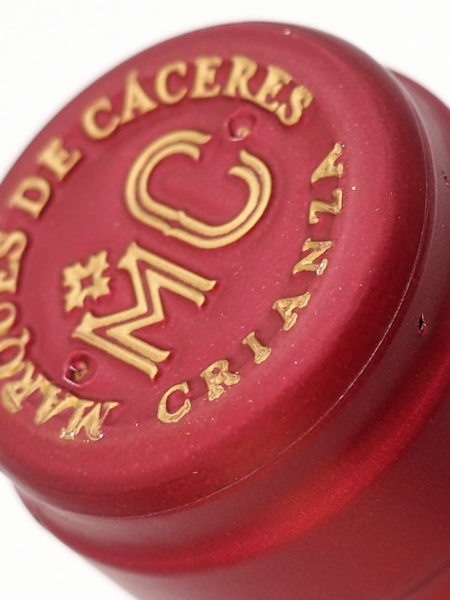
Discover How Wine is Made

Wine connoisseurs and enthusiasts alike know the true value of a good bottle of wine. But how often do you really sit down to think about what’s in that glass? How many days, weeks or even months were spent growing the grapes used for your exquisite sip? What process is behind creating all those beautiful flavors you can find on your palate? If you want to discover the mysteries hidden within each bottle, get ready to embark on a fascinating journey into the world of winemaking!
Vineyard and Grape Cultivation
The journey of a great wine begins in the vineyard. Meticulous care is taken in selecting the right grape varieties and creating optimal growing conditions. Vineyard location, climate, soil composition, and vine health play crucial roles in the quality of the grapes.
Grape Varieties
Numerous grape varieties exist worldwide, each offering unique flavors and characteristics. Some popular wine grapes include Chardonnay, Cabernet Sauvignon, Merlot, and Pinot Noir. Winemakers carefully select the grape varieties that best suit their desired wine style and regional conditions.
Harvesting
Grapes are harvested when they reach optimal ripeness, usually determined by sugar levels, acidity, and flavor development. Harvesting can be done by hand or machine, with hand-picking often preferred for premium wines. The grapes are swiftly transported to the winery for further processing.
Winemaking Process
Once the grapes arrive at the winery, the intricate process of turning them into wine begins. This process involves several key stages, each contributing to the final product's quality and character.
Sorting and Crushing
Upon arrival, the grapes are carefully sorted to remove any unwanted materials, such as leaves or stems. They are then gently crushed to release the juice while minimizing the extraction of bitter tannins from the grape skins.
Fermentation
Fermentation is a vital step in winemaking. Yeast is added to the grape juice, initiating the conversion of sugar into alcohol. This process takes place in temperature-controlled stainless steel tanks or oak barrels, depending on the winemaker's preference. Red wines typically undergo fermentation with the grape skins, extracting color and tannins, while white wines are usually fermented without skins.
Aging and Maturation
After fermentation, the young wine is often aged to enhance its flavor and complexity. This can occur in various vessels, such as oak barrels or stainless steel tanks. Oak aging can add desirable flavors like vanilla and spice, while stainless steel aging maintains the wine's fresh fruit characteristics. The aging period can range from a few months to several years, depending on the wine style.
Blending
In some cases, winemakers blend different grape varieties or wines from various barrels to achieve a desired flavor profile. This process allows for the creation of unique and balanced wines that showcase the best characteristics of each component.
Clarification and Filtration
After aging, the wine may undergo a clarification and filtration process to remove any sediment or impurities. This step ensures that the wine is clear and visually appealing. Clarification can be achieved through various methods, such as fining or filtration. Fining involves adding natural agents like bentonite or egg whites to the wine, which bind to the impurities and settle to the bottom, making it easier to remove them.
Bottling
Once the wine has been clarified and filtered, it is ready for bottling. Bottling involves transferring the wine from the aging vessels to individual bottles, which are then sealed with corks or screw caps. Before bottling, the wine may undergo additional processes such as blending, where different batches of wine are combined to achieve the desired flavor profile. Bottling is a crucial step that preserves the wine and prepares it for distribution and consumption.
FAQs about Wine Production
1. How long does it take to make wine?
The time it takes to make wine can vary depending on several factors, including the type of wine being produced and the winemaker's desired style. On average, the winemaking process takes anywhere from six months to several years, including the time for grape cultivation, harvesting, fermentation, aging, and bottling.
2. Are all wines aged in oak barrels?
No, not all wines are aged in oak barrels. While oak aging is a traditional method that imparts unique flavors and aromas to the wine, some wines are aged in stainless steel tanks or other alternative vessels. The choice of aging vessel depends on the winemaker's preference and the desired style of the wine.
3. What is the purpose of fermentation in winemaking?
Fermentation is a crucial step in winemaking as it converts the sugars present in grape juice into alcohol. This process is carried out by yeast, which consumes the sugars and produces alcohol as a byproduct. Fermentation plays a significant role in determining the alcohol content, flavor, and aroma profile of the wine.
4. Can white grapes be used to make red wine?
Yes, it is possible to make red wine from white grapes. The key lies in the grape skins, as they contain the pigments responsible for the red color in red wine. By leaving the grape skins in contact with the juice during fermentation, the red pigments are extracted, resulting in red wine. However, this process is less common, and most red wines are made from red grapes.
5. What factors affect the quality of wine?
Several factors can influence the quality of wine, including the grape variety, climate, soil composition, vineyard management practices, winemaking techniques, and aging process. Each of these factors contributes to the overall character, flavors, and aromas of the wine. The expertise and experience of the winemaker also play a crucial role in producing high-quality wines.
6. How should wine be stored?
To ensure the longevity and quality of wine, proper storage is essential. Wine should be stored in a cool, dark place with a relatively constant temperature and humidity. It is also advisable to store wine bottles horizontally, allowing the wine to stay in contact with the cork, keeping it moist and preventing oxidation. Exposure to direct sunlight and extreme temperature fluctuations should be avoided.
Conclusion
In conclusion, the process of how wine is made involves several intricate steps, from harvesting the grapes to bottling the finished product. Each step contributes to the unique flavors, aromas, and characteristics of the wine. Whether you're savoring a glass of red, white, or rosé, understanding the winemaking process adds depth and appreciation to the experience. So, the next time you raise your glass, take a moment to appreciate the craftsmanship and artistry that goes into every bottle of wine.



